|
Rob Morse of the University of Warwick, UK and Lendra Friesen of the University of Connecticut came to visit EAR Lab on Friday. Rob came and gave what ended up being a 2.5 hour talk/discussion on adding noise to cochlear implant signals. Thanks to the concept of "stochastic resonance" apparently CI users can get more information when properly controlled noise is added to the signal. Its a wild concept, but seems to work well!
0 Comments
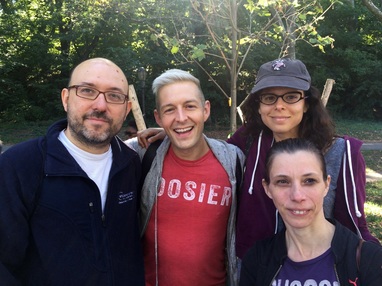 A group of us from NYU (Ann Todd, Jonathan Neukam, Katrien Vermeire, and David Landsberger) participated in the NYC Walk4Hearing today. It was really wonderful to see how many friends we had in the community. Considering the EAR Lab has only been in New York for a bit over two years, this was great progress! In addition to the four of us researchers, there was a large showing from the NYU Cochlear Implant Center who were manning a booth and answering questions. 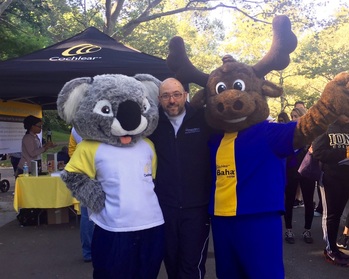 David even got to have his photo taken with the Cochlear Koala and the Baha Moose! Our new paper shows that many (14 out of 16) bilateral cochlear implant users have at least one electrode that is perceptually misaligned across the ears. These mismatches may reduce the benefits patients receive from bilateral cochlear implants. Perhaps a change in maps could improve bilateral alignment and as a result, improve performance?
This paper was produced in collaboration with the Binaural Hearing Lab at the University of Illinois, Justin Aronoff and Julia Stelmach. Grab our new paper here. We had a good visit from Rachel Scheperle yesterday. Rachel is a brand new faculty member of Montclair State University in New Jersey. As a new member of the greater New York community of auditory researchers, we thought it would be a good idea to have her come up. Rachel comes most recently from the University of Iowa. She has skills with recording of potentials in both acoustic and electric hearing individual. We are looking forward to further interactions with her.
We got a great article written about Roozbeh's SEDA noise reduction algorithm in ADVANCE for Speech and Hearing! Today Ear Lab received an internal grant to further develop Roozbeh's noise reduction strategy (SEDA)! Unlike noise reduction strategies on the market, SEDA is specifically designed to work at suppressing multi-talker babble. In other words, it is designed to hush people talking in the background so you can hear what the person you want to hear is saying. Above are the average results for 7 cochlear implant users at different levels of background noise for the first version of SEDA. Roozbeh is actively developing the next generation of SEDA. We can't wait to see how well that works!
Today was Jacob Taylor's last day in the Ear Lab. Although he was only with us for a summer, he made a big impact on the group. While he was with us, he helped Natalia collect a bunch of data and worked on one of Roozbeh's experiments. Perhaps most impressively, he came up with his own question, designed and ran the experiment. Data is interesting, too. Hopefully we will get to share it with everyone soon.
In the picture, from top-left to top right are Jacob Taylor, David Landsberger, Ann Todd, and Jacob's brother Nat. At the bottom are Natalia Stupak and Annette Zeman. The guys at Advanced Bionics (Leo Litvak, Aniket Saoji, and Kanth Koka) came to visit us at NYU yesterday and today. We made good progress on a number of new projects in our lab and with our clinic and got a handful of new toys (tools).
Lab member, Ann Todd, has gotten a new paper published in the Journal of the Acoustical Society of America entitled "Binaural release from masking with single- and multi-electrode stimuation in children with cochlear implants". Basic psychophysics with children isn't easy to do. Her ability to conduct these sorts of experiments is one of the very many reasons we are glad to have her as part of the team!
Download the paper here |
EAR LabThis is where we provide updates from the lab Archives
December 2018
Categories |

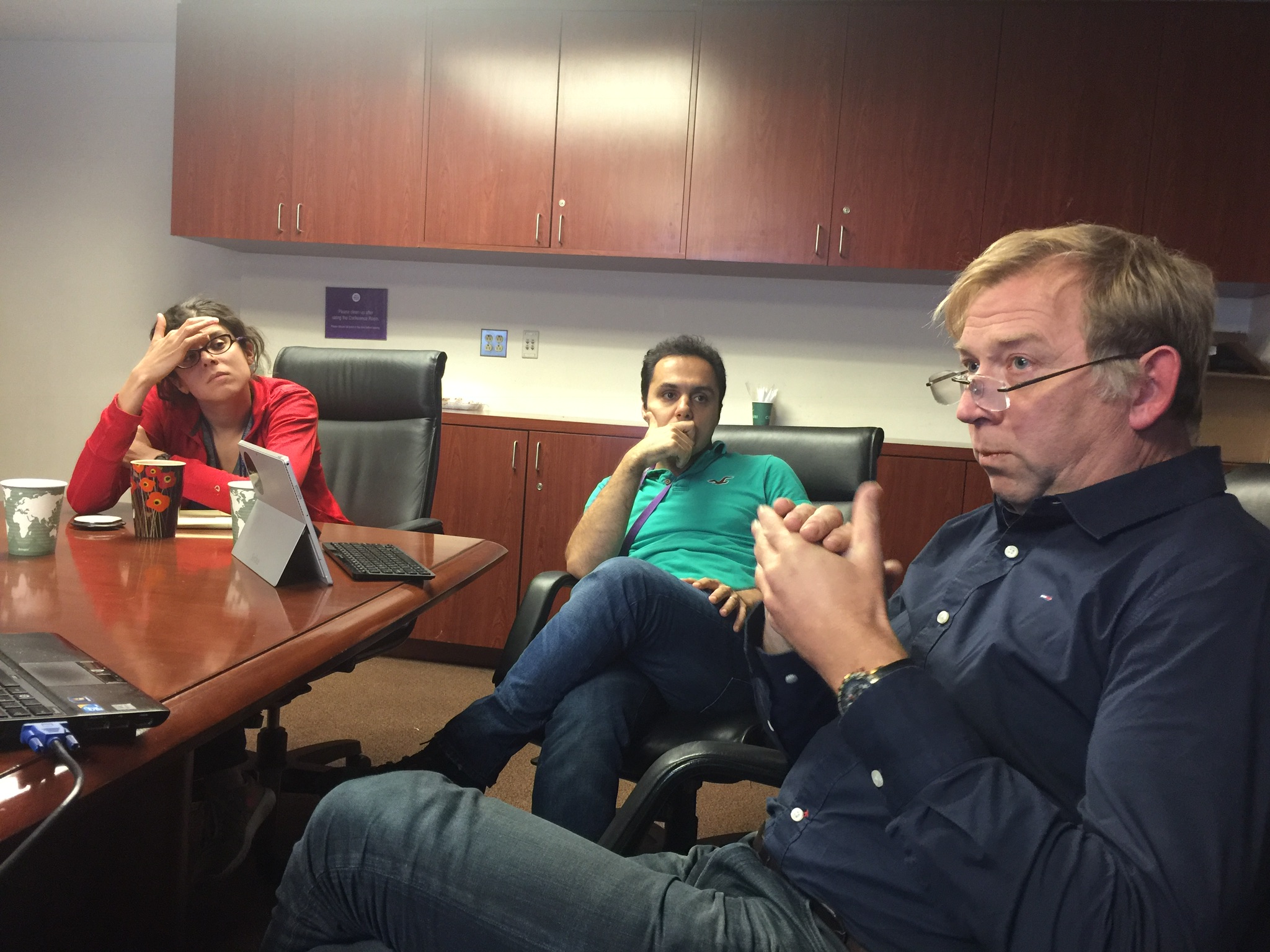


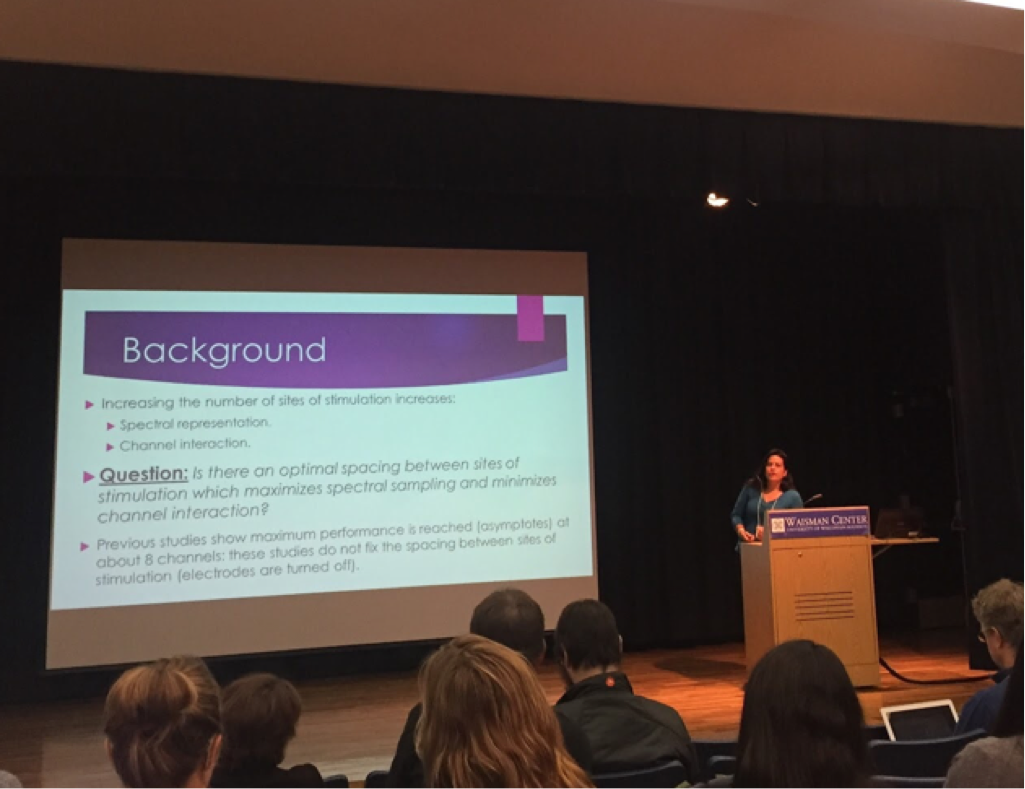
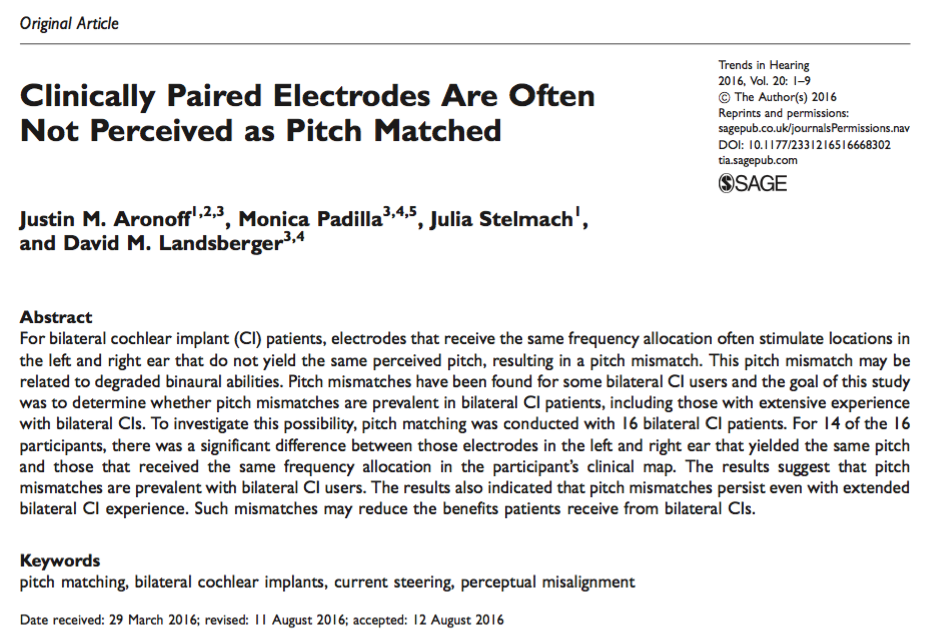
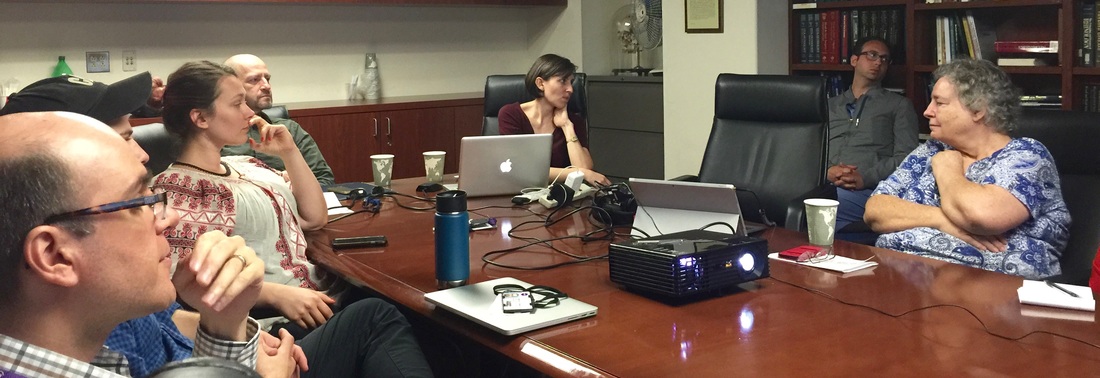

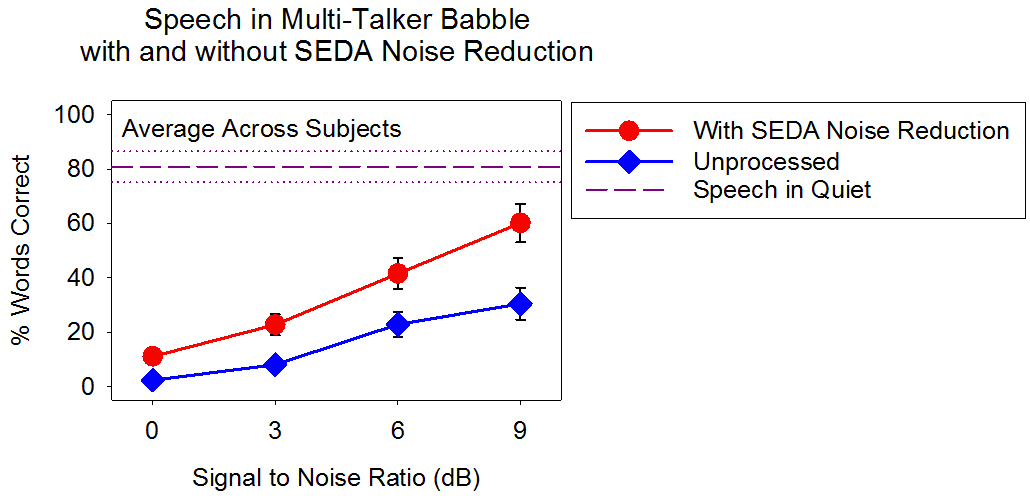
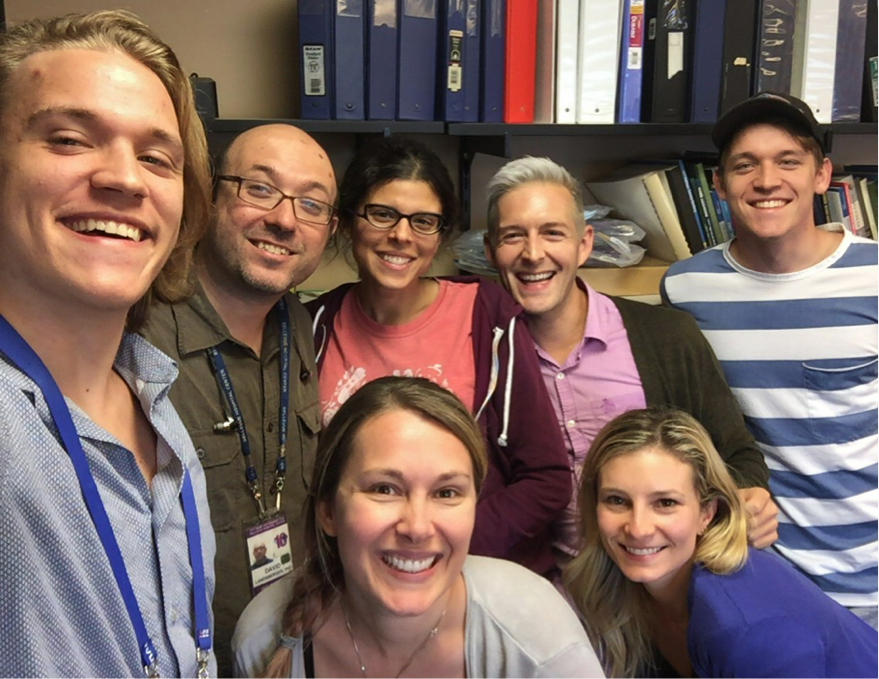
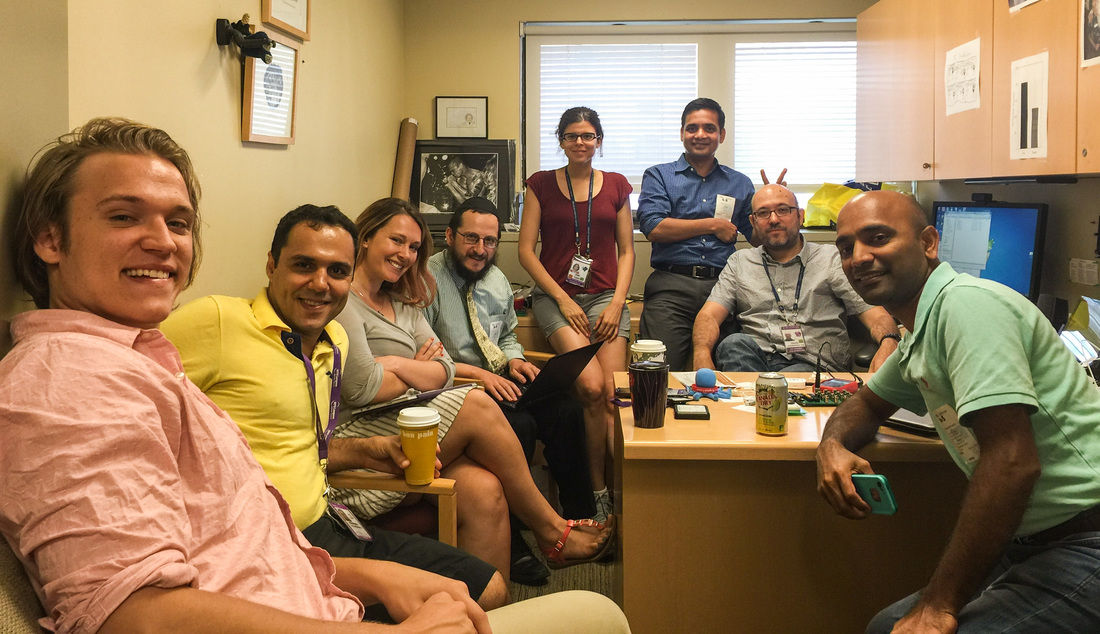
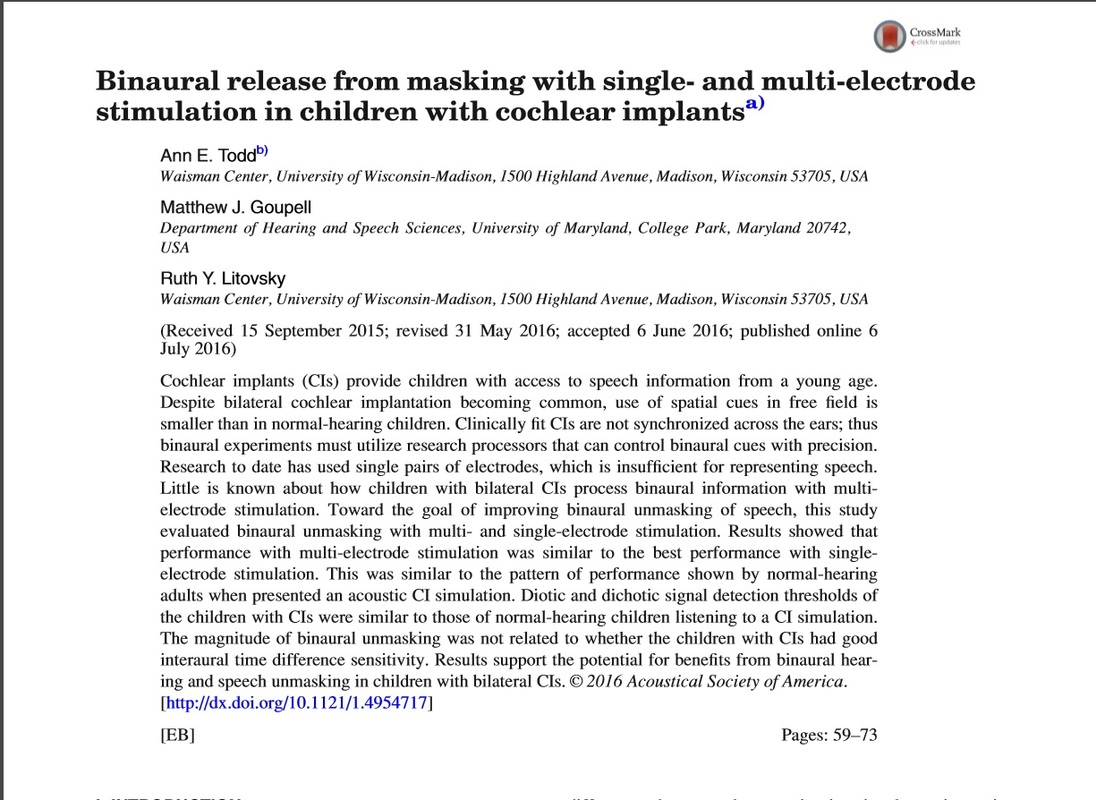
 RSS Feed
RSS Feed